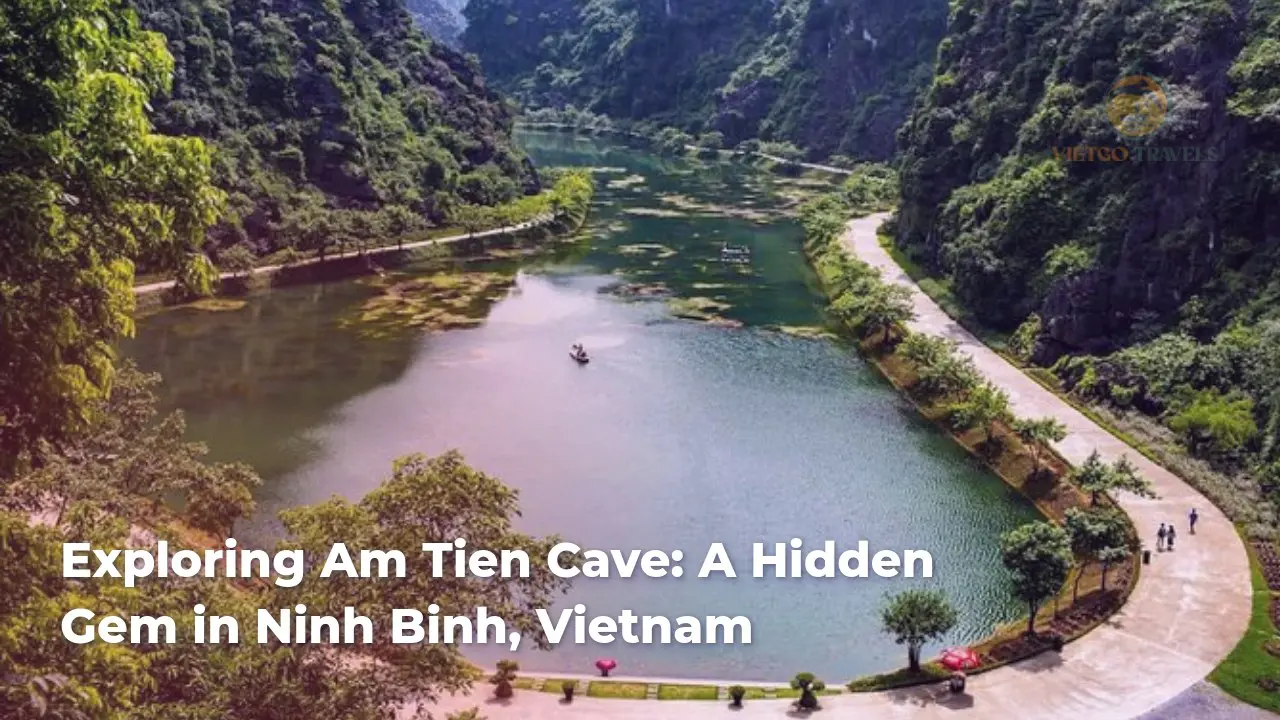
Am Tien Cave (Động Am Tiên – Tuyệt Tình Cốc)
Discover the secluded beauty of Am Tien Cave, a hidden gem in Vietnam’s Ninh Binh province, perfect for nature enthusiasts and adventure seekers.
Nestled in the Gia Viễn district along the northeastern border of Ninh Bình Province, Vietnam, Van Long Wetland Nature Reserve unfolds as a sanctuary of stunning natural beauty and remarkable biodiversity. Covering approximately 2,736 hectares, this reserve stands out as one of the last remaining intact lowland inland wetlands within the Red River Delta. Characterized by its idyllic freshwater lake, expansive marshes, and swamps, all surrounded by breathtaking limestone karst formations, Van Long is a natural gem that captivates visitors from near and far. This article aims to delve deeper into the various dimensions of this ecological wonder, exploring its wildlife, significance, and the conservation efforts underway to preserve its unique environment.
The ecological landscape of Van Long Wetland is remarkably diverse, providing critical habitats for both terrestrial and aquatic flora and fauna. One of its most notable inhabitants is the critically endangered Delacour’s langur (Trachypithecus delacouri), a rare primate species whose population here constitutes more than half of the global count. Observing these monkeys in their natural habitat is an unparalleled experience for wildlife enthusiasts and researchers alike. The reserve’s unique geography and rich biodiversity make it a crucial area for the conservation of endangered species and the flourishing of a myriad of other wildlife, including various migratory birds, small mammals, and an array of aquatic life.
The lush environment of this nature reserve is not just a refuge for wildlife; it is also a vibrant ecosystem that sustains itself remarkably well. Towering century-old trees create a verdant canopy above, while delicate aquatic plants thrive below the water’s surface, creating a complex web of life that is both beautiful and essential. During specific seasons, the landscape transforms as lotus flowers burst into bloom, painting the wetlands with bursts of color that enhance the already picturesque scenery. These elements together not only contribute to the vibrant aesthetic but also play a significant role in ecosystem functions such as water filtration and habitat provision for various species.
Ecosystem Services Provided by Van Long Wetland
The importance of Van Long Wetland extends far beyond its visual appeal. This reserve plays an essential role in providing a range of ecosystem services that are vital for both the environment and local communities. Key contributions include:
Van Long Wetland’s designation as a Ramsar Wetland on February 10, 2017, underscores its global significance and clarifies its status as a protected area dedicated to preserving invaluable natural resources and ecosystems. This international recognition not only aims to protect the reserve’s biodiversity but also emphasizes the urgent need for sustainable practices that benefit both nature and humanity.
Biodiversity Highlights of Van Long Wetland
The biodiversity present at Van Long Wetland is a stand-out feature, making it an ecological treasure. Below are some of the highlights that underline the reserve’s significance:
| Flora | Fauna |
|---|---|
| Century-old trees | Delacour’s langur (Trachypithecus delacouri) |
| Diverse aquatic plants | Numerous species of migratory birds |
| Lotus flowers | Small mammals like civets and wild boars |
| Rare orchid species | Various reptiles and amphibians |
These flora and fauna not only enhance the reserve’s biodiversity but also contribute positively to ecological balance. The presence of rare species increases the ecological value of the area, prompting conservationists to advocate for stricter protection measures and responsible tourism practices.
Conservation Challenges and Efforts
While Van Long Wetland boasts a rich tapestry of life, it is not immune to challenges posed by human activity. Urbanization, agricultural expansion, and climate change threaten the delicate balance of this ecosystem. Conservation efforts are paramount to ensure that the diverse wildlife and habitats thrive for future generations. Key initiatives include:
In summary, as a Ramsar Wetland, Van Long represents a critical ecological zone that merges natural beauty with significant environmental functions. This unique wetland not only shelters rare species but also provides essential services that enhance the quality of life for local communities. It serves as an inspiring model for conservation efforts that balance human needs with ecological preservation, inviting all to appreciate its wonders while advocating for its protection.
In conclusion, the Van Long Wetland Nature Reserve exemplifies the intricate interdependence between diverse ecosystems and human livelihoods. As we explore its depths, encounter its inhabitants, and admire its breathtaking landscapes, we discover a profound truth: the health of our planet relies on such natural habitats. It is imperative for us to cherish, protect, and nurture these wonders to ensure they endure for generations to come. By fostering a deep appreciation and understanding of such treasures, we can all contribute to a more sustainable and harmonious existence with nature.

Discover the secluded beauty of Am Tien Cave, a hidden gem in Vietnam’s Ninh Binh province, perfect for nature enthusiasts and adventure seekers.
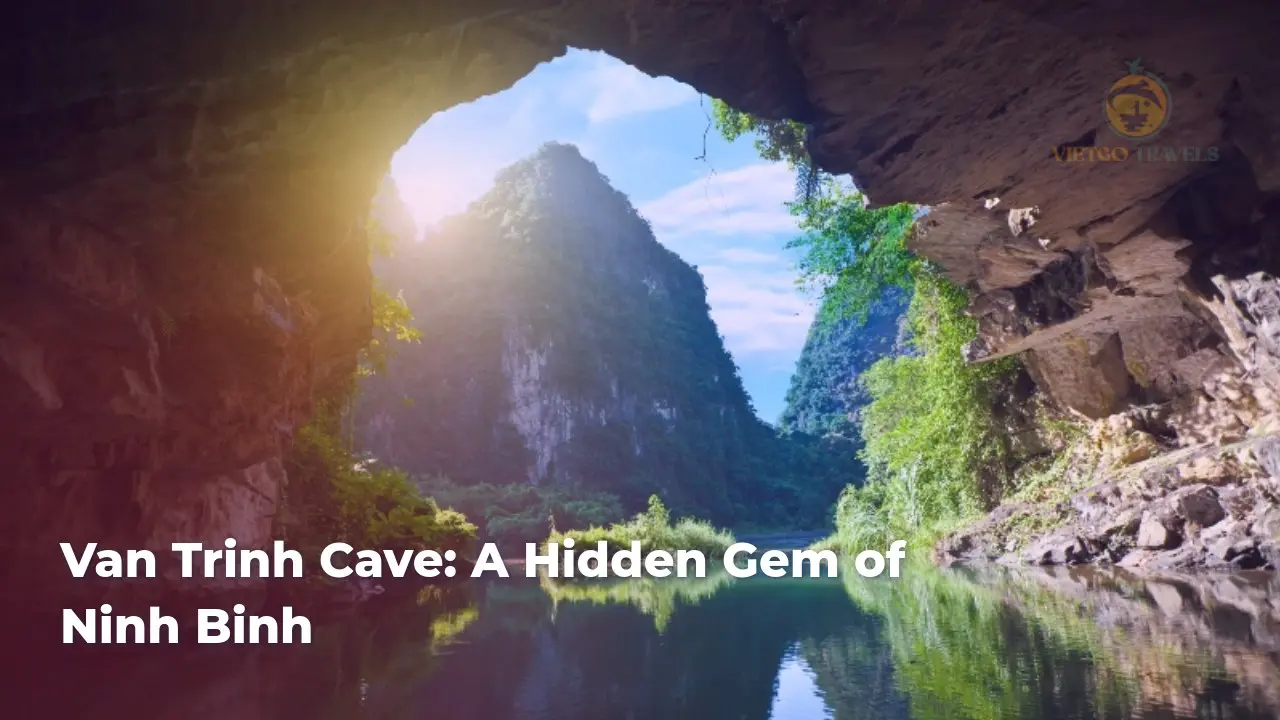
Explore the hidden wonders of Van Trinh Cave. Experience nature’s beauty with breathtaking formations. Perfect for adventure seekers!
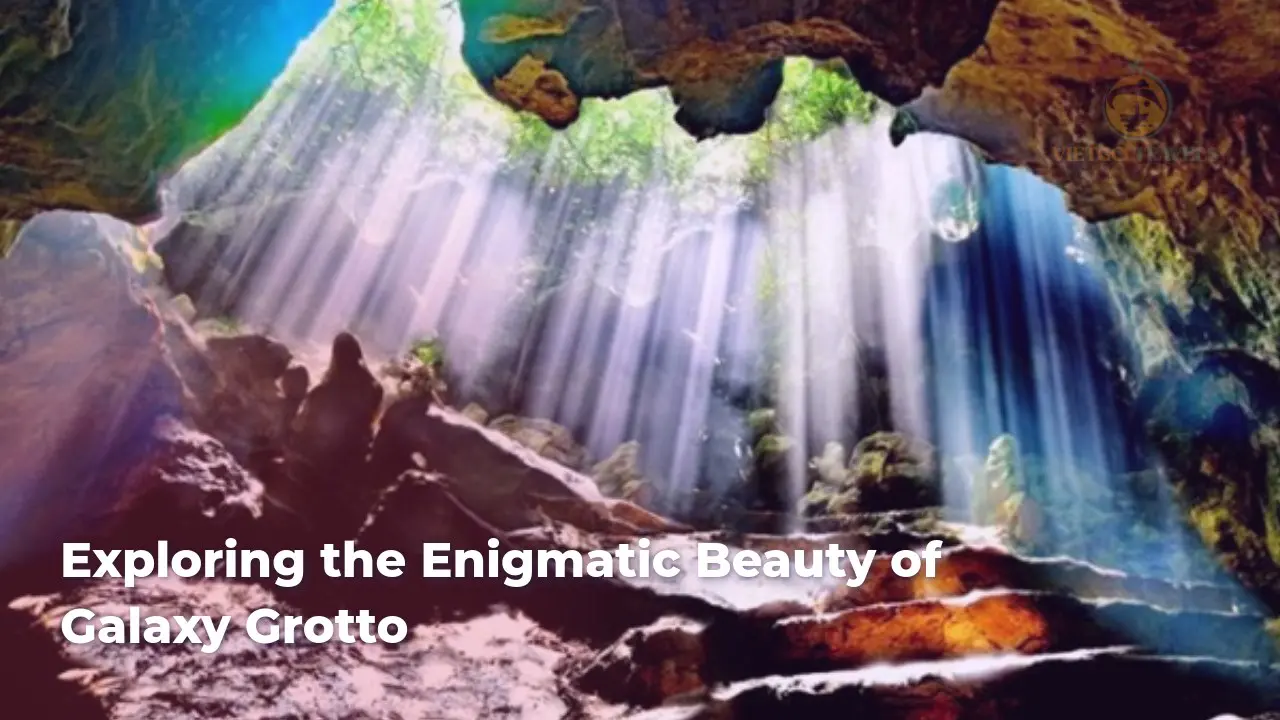
Explore the magical Galaxy Grotto, Vietnam’s hidden gem, where breathtaking caves await. Plan your adventure today!
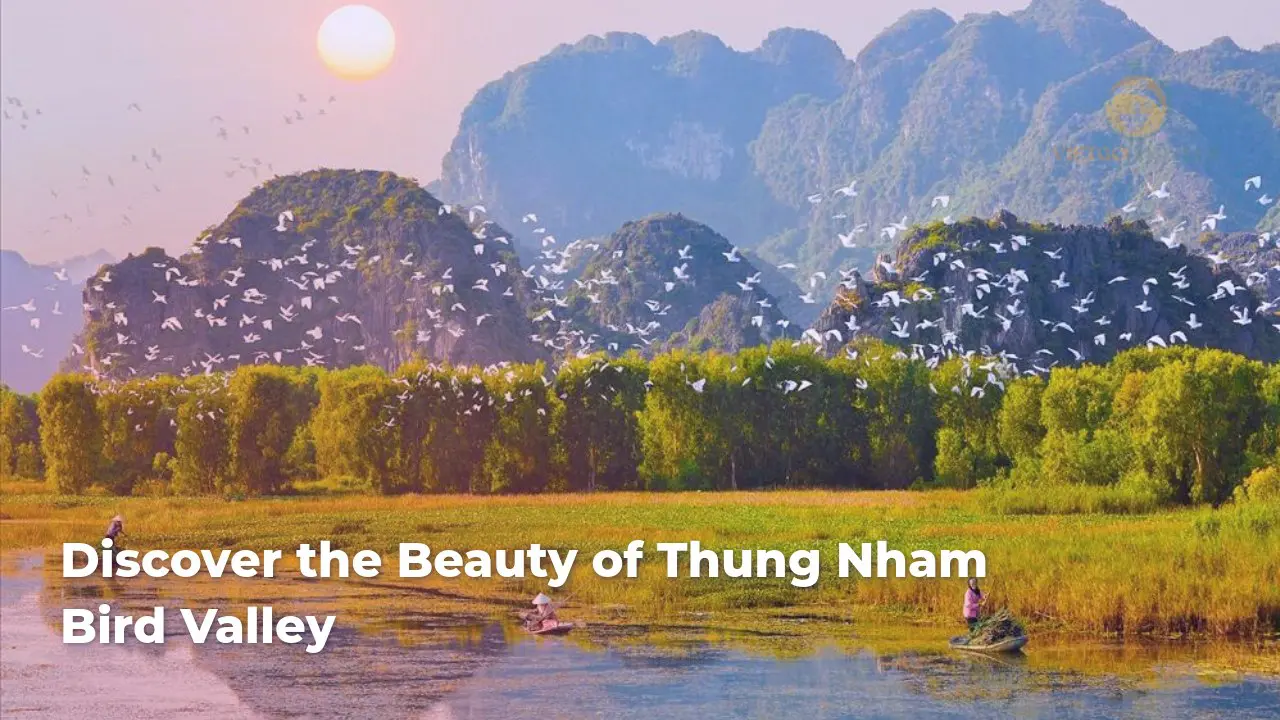
Discover Thung Nham Bird Valley’s serene landscapes and diverse wildlife. Plan your visit to this natural paradise and explore its unique ecosystems.
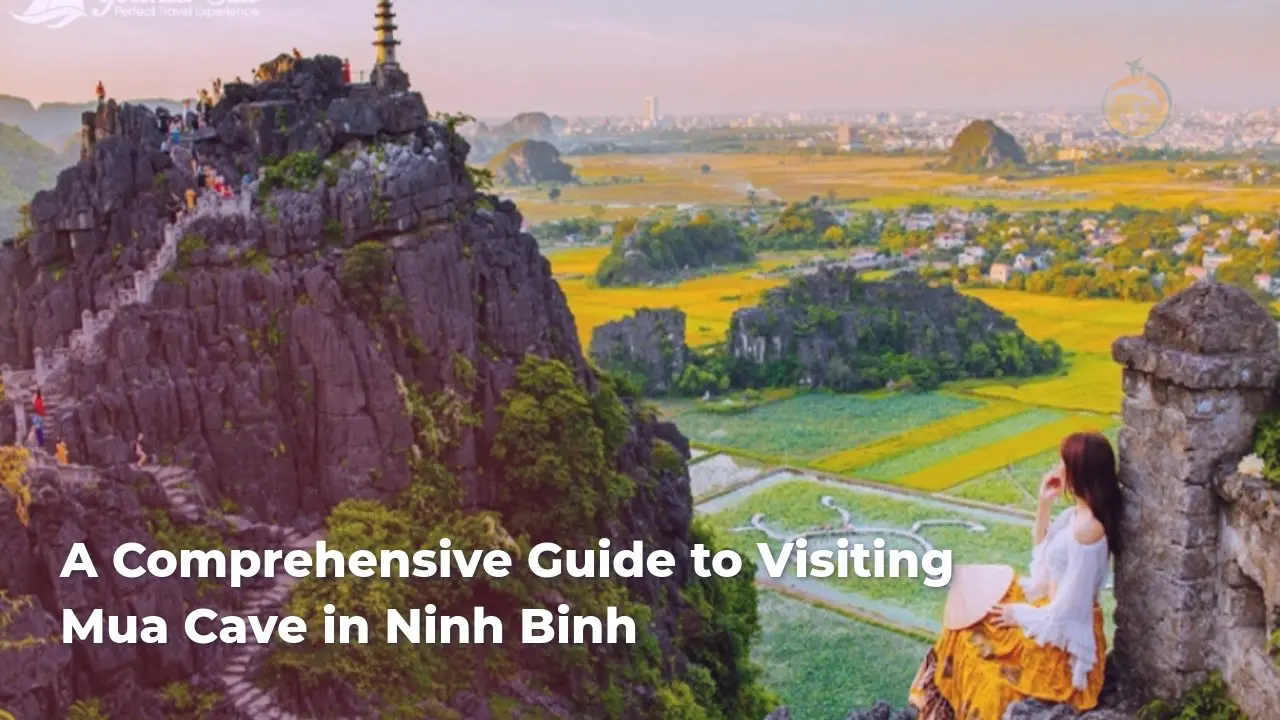
Explore Mua Cave for breathtaking views and cultural wonders. A must-visit attraction in Tam Coc, promising adventure and serenity.
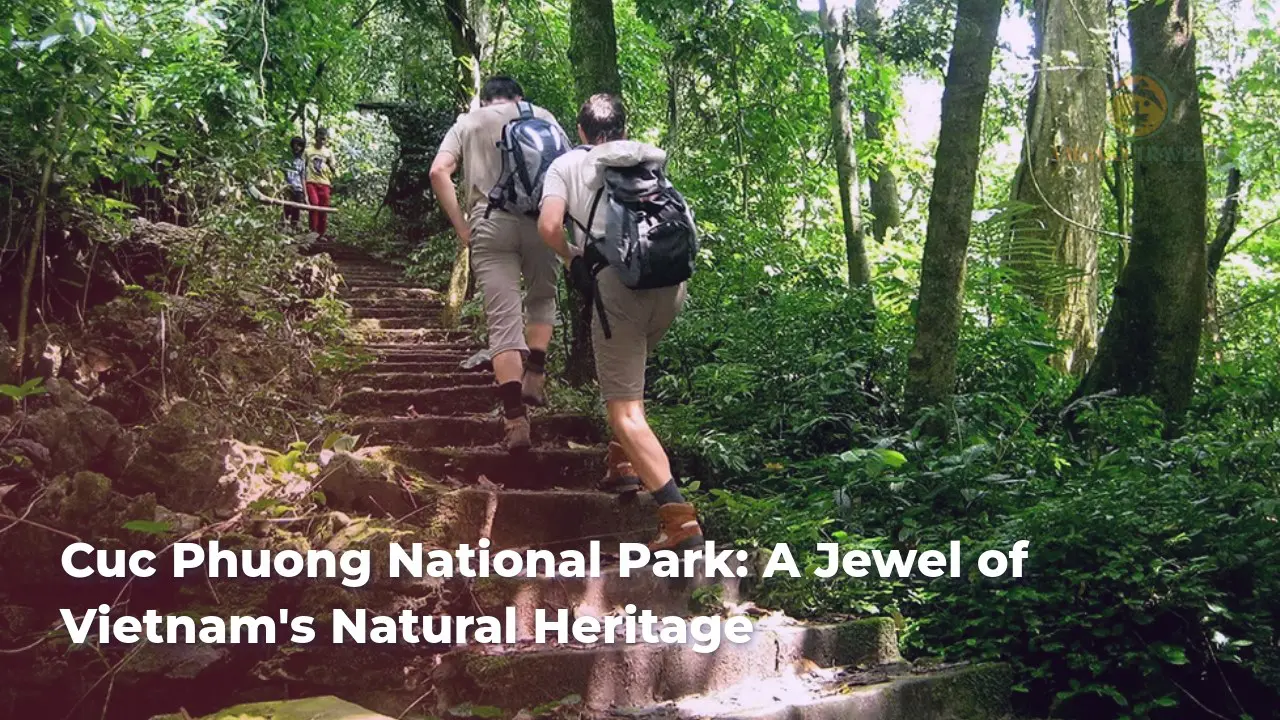
Discover Cuc Phuong National Park’s diverse wildlife and lush landscapes. A must-visit spot for nature lovers and adventure seekers.
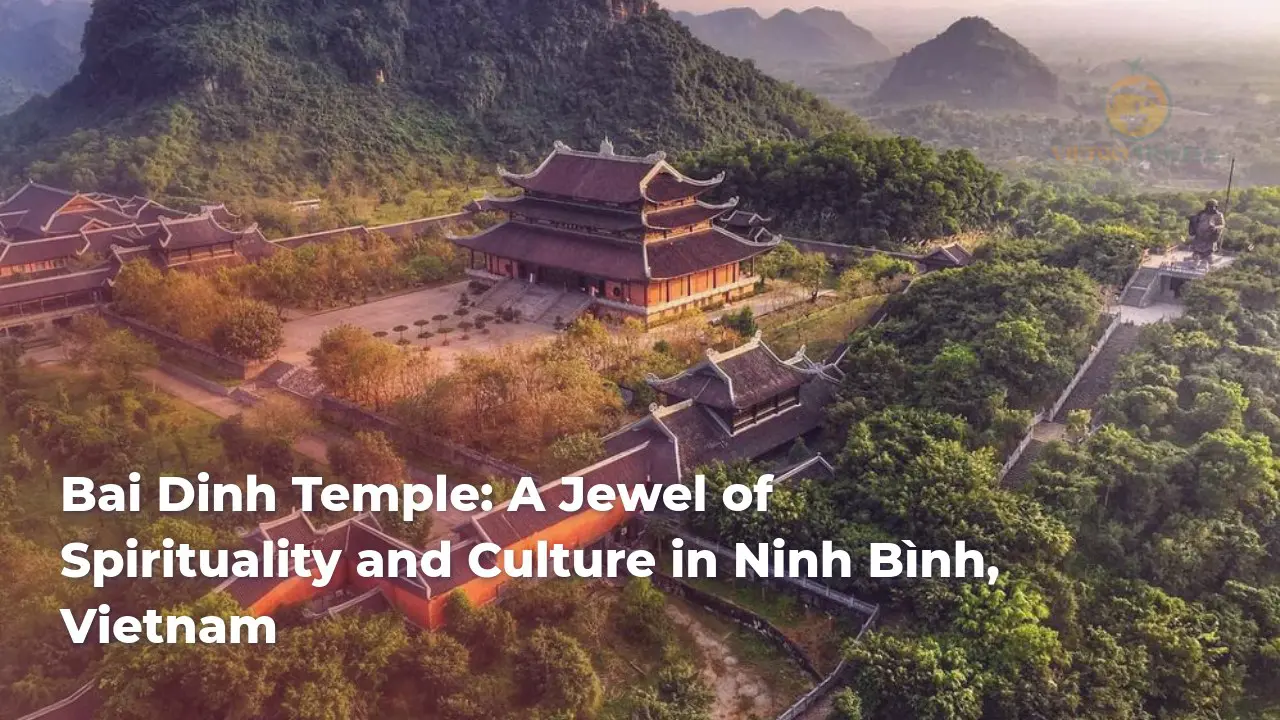
Discover the serene beauty of Bai Dinh Temple, Vietnam’s largest pagoda. Experience its rich history and stunning architecture on your journey.
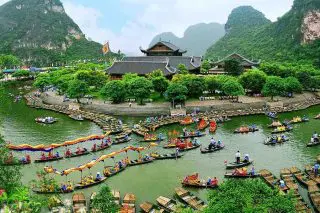
Explore Trang An, Vietnam’s UNESCO heritage site with mystical grottoes and lush landscapes. A breathtaking adventure awaits you.
Copyrights @2025 Vietgo Travels. Terms and Conditions Privacy Policy
Hotline
+84 855 452 888 (Viet Nam) / +1 (206) 665 3090 (US)
Email: [email protected]
Website: www.vietgotravels.com
Head Office:
No. 23 Lo Su Street, Hoan Kiem District, Ha Noi, Viet Nam.
Viet Nam’s branch:
No. 35 Hang Quat Street, Hoan Kiem District,
Ha Noi, Viet Nam.
US:
831 41st Pl, Everett, WA 98201, USA